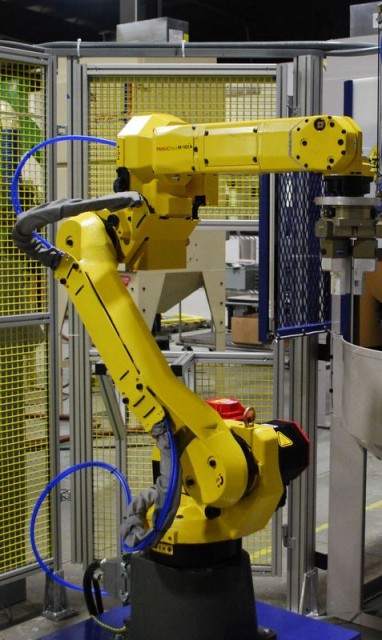In today’s fast-paced manufacturing world, robotics plays a crucial role in boosting efficiency, precision, and innovation. One key area where robots have made a significant impact is surface finishing. Let’s explore how robotics is transforming this process, improving quality, cutting costs, and ensuring consistent results.
Precision and Consistency
Robots offer unmatched precision and consistency in surface finishing. Unlike human workers who can get tired and make mistakes, robots perform repetitive tasks with high accuracy. This ensures that every part is finished to the same high standard, which is vital in industries where even small flaws can cause problems.
Increased Productivity
Robotic surface finishing systems can run continuously without needing breaks, greatly increasing productivity. Traditional manual setups are limited by the speed and stamina of human workers. Robots, however, can work 24/7, leading to higher output rates. This is especially helpful in high-volume manufacturing where meeting deadlines is essential.
Cost Reduction
While setting up robotic systems can be expensive initially, the long-term savings are significant. Robots reduce the need for manual labor, cutting labor costs and minimizing the risk of workplace injuries. Additionally, their precision reduces material waste, as fewer parts are rejected due to defects. Over time, these savings can more than cover the initial investment.
Flexibility and Adaptability
Modern robots are very flexible and can be programmed for various surface finishing tasks, such as grinding, polishing, deburring, and blasting. This allows manufacturers to quickly switch between different products and processes, adapting to changing market demands. Advanced robotic systems can also be integrated with other automated equipment, creating a seamless manufacturing environment.
Enhanced Quality Control
Robotic systems can be equipped with advanced sensors and monitoring tools that provide real-time feedback on the finishing process. This allows for immediate detection and correction of defects, ensuring only high-quality parts proceed to the next production stage. This is especially important in industries like aerospace and automotive, where precision and reliability are critical.
The Future of Robotic Surface Finishing
As technology advances, robotic surface finishing systems will become even more capable. Emerging technologies like artificial intelligence and machine learning will enhance the flexibility and intelligence of robotic systems. Predictive maintenance, real-time process optimization, and adaptive control are just a few exciting possibilities on the horizon.
In conclusion, robotics is revolutionizing surface finishing in modern manufacturing. By providing unmatched precision, consistency, and efficiency, robotic systems help manufacturers achieve higher quality, reduce costs, and stay competitive. At Guyson Corp USA, we are proud to lead this technological revolution, offering innovative solutions that shape the future of manufacturing.




